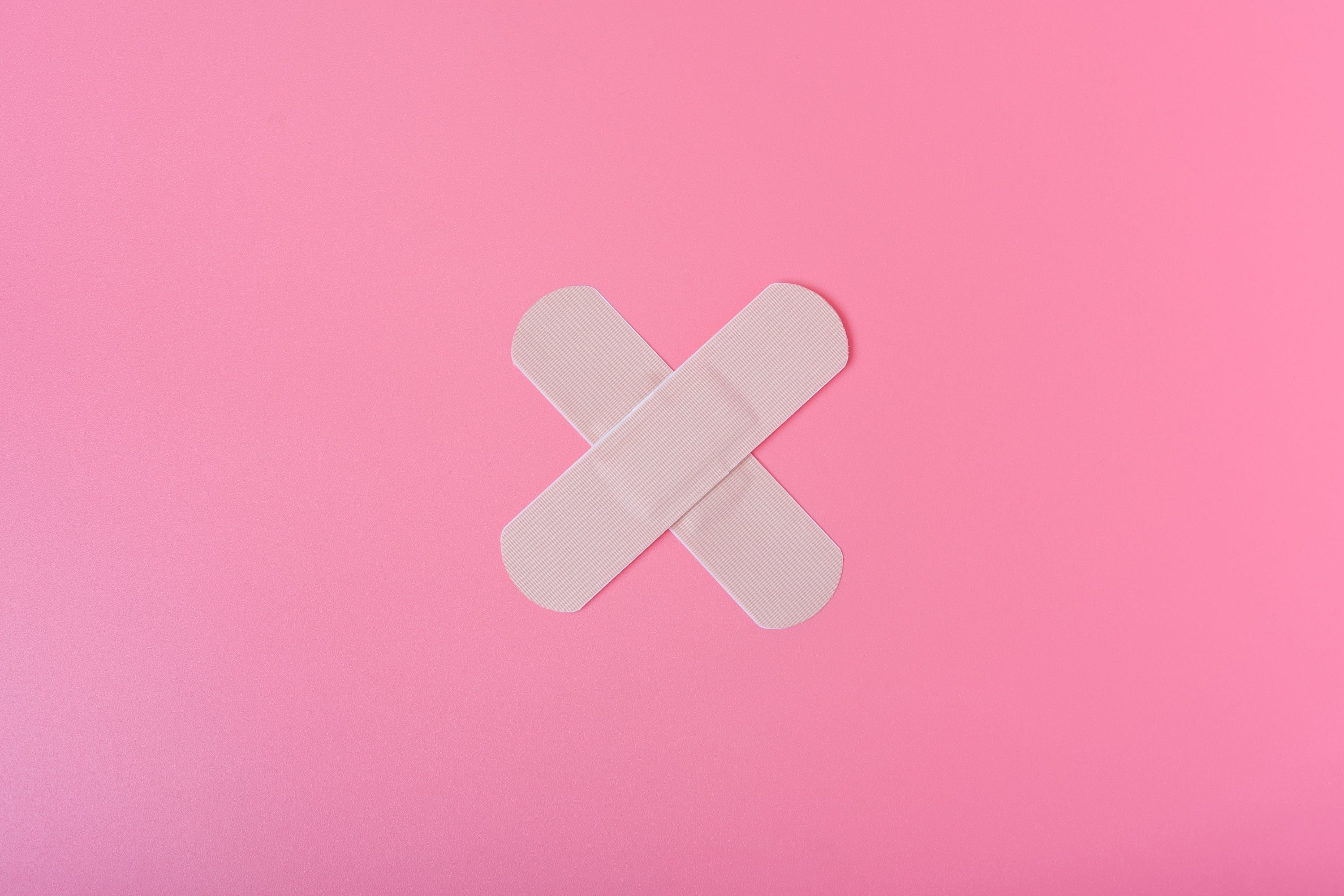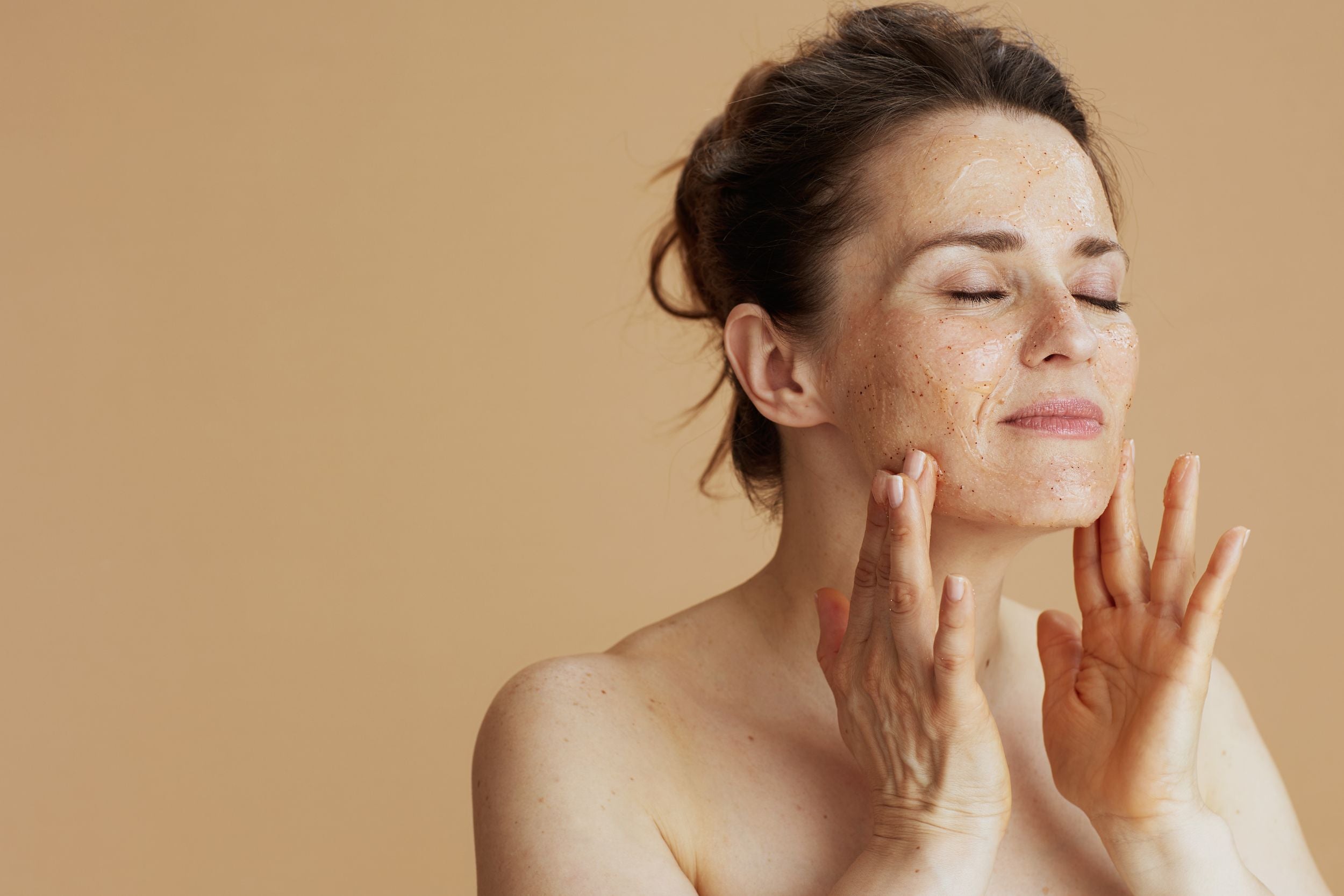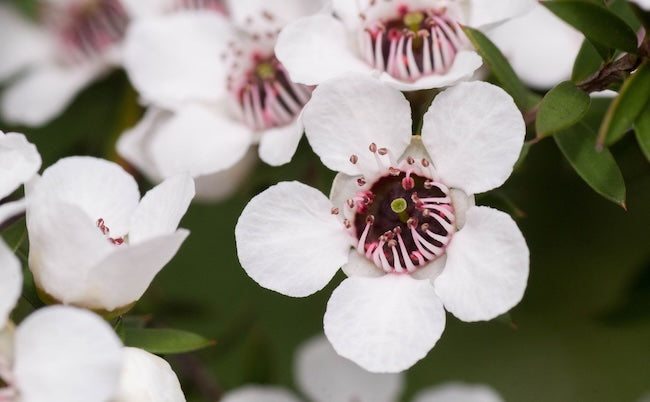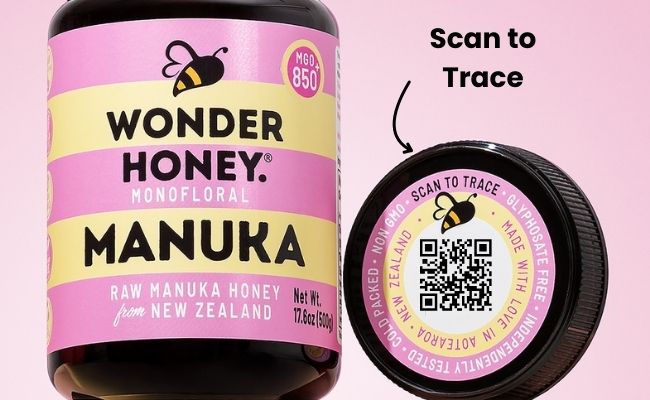
The Healing Power of Manuka Honey: Nature's Remedy for Wound Care
In recent years, the spotlight has shone brightly on Manuka honey, a unique and potent variety of honey produced from the nectar of the Manuka tree (Leptospermum scoparium) native to New Zealand. Renowned for its distinct flavor and numerous health benefits, Manuka honey has gained recognition not only as a delicious natural sweetener but also as a powerful ally in wound healing. In this blog post, we will explore how Manuka honey aids in the healing process and why it deserves a place in your first aid kit.
1. Antibacterial Properties
One of the most remarkable features of Manuka honey is its strong antibacterial properties. This honey contains a compound called methylglyoxal (MGO), which is responsible for its unique antimicrobial effects. MGO has been shown to inhibit the growth of various bacteria, including antibiotic-resistant strains such as MRSA (Methicillin-resistant Staphylococcus aureus). By applying Manuka honey to wounds, you can create a protective barrier that helps prevent infection, allowing the body to focus on healing.
2. Promotes Wound Healing
Manuka honey not only protects against infection but also actively promotes the healing process. Studies have demonstrated that it can stimulate tissue regeneration and accelerate wound healing. The high sugar content in Manuka honey creates an osmotic effect, drawing fluid away from the wound and helping to keep it clean. This osmotic action also helps to reduce swelling and inflammation, creating an optimal environment for healing.
3. Anti-Inflammatory Effects
Inflammation is a natural part of the healing process, but excessive inflammation can hinder recovery. Manuka honey has been shown to possess anti-inflammatory properties, which can help reduce swelling and pain associated with wounds. By modulating the inflammatory response, Manuka honey can contribute to a more efficient healing process, allowing the body to recover more quickly.
4. Moisture Retention
Keeping a wound moist is crucial for optimal healing. Manuka honey forms a protective, viscous layer over the wound, which helps to maintain moisture levels. This moisture retention not only promotes healing but also minimizes the risk of scarring. The honey's natural humectant properties draw moisture from the air, ensuring that the wound remains hydrated and conducive to healing.
5. Rich in Nutrients
Manuka honey is packed with essential nutrients, including vitamins, minerals, and antioxidants. These nutrients play a vital role in supporting the body's healing processes. Antioxidants help combat oxidative stress, which can impede healing, while vitamins and minerals are essential for tissue repair and regeneration. By incorporating Manuka honey into wound care, you provide your body with the necessary building blocks for recovery.
6. Easy to Use
Using Manuka honey for wound care is simple and straightforward. To apply, clean the wound gently with water and mild soap, then pat it dry. Apply a thin layer of Manuka honey directly to the wound and cover it with a sterile bandage. Change the dressing and reapply the honey as needed, typically every 24 hours or as directed by a healthcare professional.
Manuka honey is a remarkable natural remedy that offers a multitude of benefits for wound healing. Its antibacterial properties, ability to promote tissue regeneration, anti-inflammatory effects, moisture retention, and rich nutrient profile make it an excellent choice for supporting the body's healing processes. Whether you're dealing with minor cuts, burns, or more complex wounds, consider adding Manuka honey to your wound care routine. As always, consult with a healthcare professional for serious injuries or infections.
-
Molan, P. (2013) . "The use of manuka honey to promote wound healing." L.O.G.I.C (Linking Opportunities Generating Inter-Professional Collaboration) , The Official Journal of The New Zealand College of Primary Health Care Nurses, NZNO.
- This article discusses the healing properties of Manuka honey, including its antibacterial effects and ability to promote wound healing.
- Link to article
-
Gethin, G., & Cowman, S. (2005) . "Case series of use of Manuka honey in leg ulceration." International Wound Journal , 2(1), 10-15.
- This study presents case series demonstrating the effectiveness of Manuka honey in treating chronic wounds and ulcers.
- Link to study
-
Visavadia, B. G., Honeysett, J., & Danford, M. H. (2008) . "Manuka honey dressing: An effective treatment for chronic wound infections." British Journal of Oral and Maxillofacial Surgery , 46(1), 55-56.
- This research highlights the effectiveness of Manuka honey dressings in managing chronic wound infections.
- Link to study
-
Al-Waili, N., Salom, K., & Al-Ghamdi, A. A. (2011) . "Honey for wound healing, ulcers, and burns; data supporting its use in clinical practice." Scientific World Journal , 11, 766-787.
- This review discusses the various properties of honey, including Manuka honey, and its applications in wound healing.
- Link to study
-
Molan, P. (2001) . "Why honey is effective as a medicine." The Medical Journal of Australia , 176(2), 1-2.
- This article provides insights into the medicinal properties of honey, including its role in wound healing.
- Link to article








Leave a comment
This site is protected by hCaptcha and the hCaptcha Privacy Policy and Terms of Service apply.